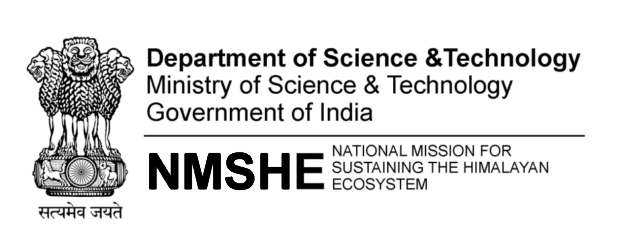


Assam most vulnerable to climate change in Indian Himalayas

GUWAHATI: Among the 12 states in the Indian Himalayan Region (IHR), Assam is the most vulnerable to the changing climate, a Department of Science and Technology (DST) vulnerability assessment has found.
The study titled “Climate Vulnerability Assessment for the Indian Himalayan Region Using a Common Framework” was done by the Indian Institute of Technology-Guwahati and the Indian Institute of Technology-Mandi in collaboration with the Indian Institute of Science, Bengaluru, to help understand climate change vulnerabilities which could inform development of adaptation strategies and ecosystem management for the Himalayan region. The study was part of the Swiss-funded Indian Himalayas Climate Adaptation Programme (IHCAP).
The assessment is significant for India as a majority of its population is dependent on agriculture which requires water. The Himalayas are a source of many rivers which supply this water.
Bordering eight countries, the Himalayan mountain range is the tallest in the world. It covers an area of about 4.3 million square kilometres and nearly 1.5 billion people depend on it for water, food and energy. In India, the IHR spans across 12 states — Jammu and Kashmir, Himachal Pradesh, Uttarakhand, Sikkim, Arunachal Pradesh, Nagaland, Manipur, Mizoram, Tripura, Meghalaya, Assam and (hill districts of) West Bengal.
The vulnerability assessment was done on the basis of four major factors: socio-economic, demographic status and health, the sensitivity of agricultural production, forest-dependent livelihoods and access to information services and infrastructure.
The assessment stated that the “vulnerability index is found to be the highest for Assam and Mizoram, followed by Jammu and Kashmir, Manipur, Meghalaya and West Bengal, Nagaland, Himachal Pradesh and Tripura, Arunachal Pradesh and Uttarakhand”. Sikkim was found to be the least vulnerable among all these states.
The study explained that states with a low per capita income, low area under irrigation, low area under forests per 1,000 households and high area under open forests have received a high vulnerability score.
The report, however, emphasised that “vulnerability is a relative measure, which means that this assessment does not portray Sikkim, Uttarakhand or Arunachal Pradesh as having a low vulnerability in an absolute sense”.